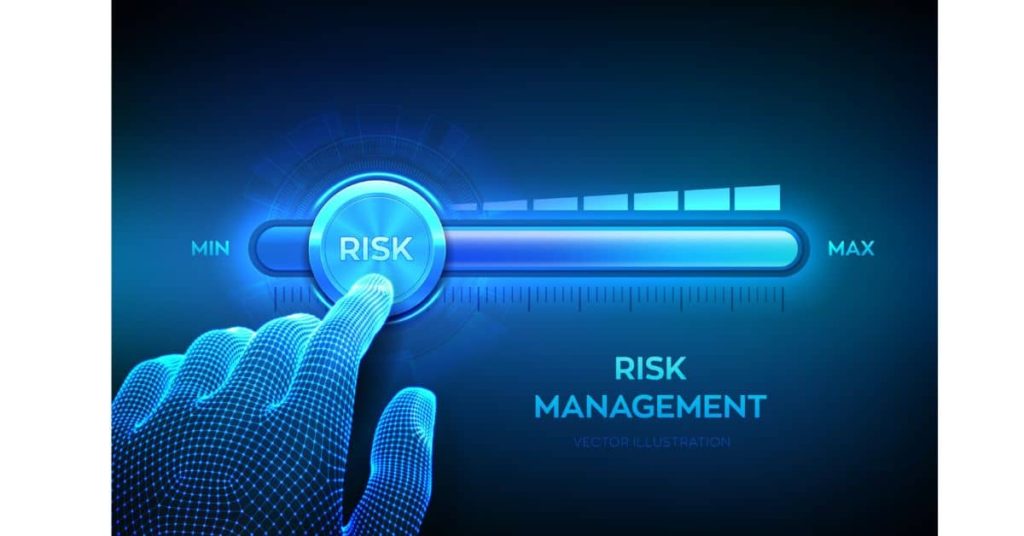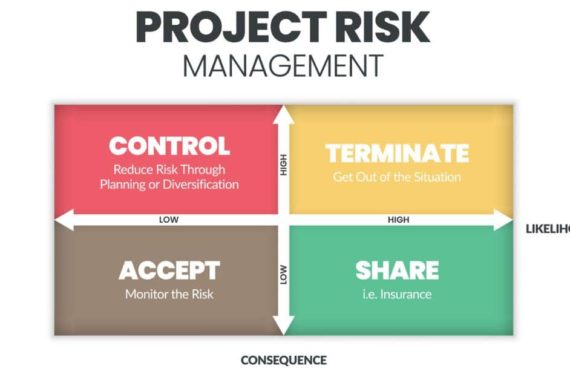
The 4 Key Principles of Risk Management Programs and How They Can be Applied to Your Business
Introduction
Business continuity planning is an important part of risk management programs. The first principle of good business continuity planning is to have a business continuity plan in place. This sounds simple, but many companies fail to do this basic task. Your organization will benefit greatly by having a plan in place to help you get through any eventuality.
Why Manage Risk?
Risk Management is a critical part of business, life, and even society. It is important for you to have an understanding of risk management so that you can make better decisions about your business, yourself, and the world around you.
Risk management can be defined as “the identification, assessment, and prioritization of risks with an acceptable level of probability to avoid or minimize their occurrence”. In many ways it is similar to personal finance; similarly, we all want to avoid financial losses but we understand that there are certain unavoidable risks associated with money that we must manage in order to mitigate any potential damage.
What is a Key Principle of a Risk Management Program?
Whether you’re a business owner, manager, or employee it is important to set clear goals. Goals are the foundation of every successful business and they play an instrumental role in helping that business achieve its true goals as well. Goals are especially important when working with risk management programs. In this article we will outline four key principles of effective goal setting within a risk management program:
- Define the problem before starting on a solution
- Set goals that are ambitious but realistic
- Write down your goals somewhere tangible (like a piece of paper or an app like Evernote)
- Share your goals with others regularly (once per week for example).
1. Control & Monitor
Risk management is the process of controlling and monitoring risks. Risk management programs are designed to identify, assess, prioritize and monitor risks within your business. They also provide a framework for reducing risks as much as possible, as well as documenting how you’ve done it.
The first principle of risk management is control & monitor. This involves:
- Defining what risk is
- Identifying the nature of different types of threats to your business (for example fire, theft)
- Assessing those threats in terms of likelihood and severity (how likely they are to occur and how much damage they might do if they do occur)
- Prioritizing which threats need the most attention first
- Managing those risks by putting appropriate measures into place (training staff on fire safety procedures or installing burglar alarms)
2. Avoid or Limit Risks as Much as Possible
To avoid or limit risks as much as possible, you must:
- Identify risks and their consequences.
- Identify risk mitigation strategies.
- Implement risk mitigation strategies.
- Monitor risks and evaluate them regularly to ensure that they are being managed effectively. If a particular strategy is not working, you can change it or add another one to mitigate the risk further. You may also find it useful to communicate your risk management strategy with stakeholders so that they know what the plan is if something goes wrong—and so that they feel confident in your ability to handle an emergency situation should it arise!
3. When Risks Can’t be Avoided Have Mitigation Plans in Place
Mitigation plans are essentially a set of actions that should be taken if an event occurs. For example, let’s say you’re running a small business and one of your employees is injured on the job. If this happens, you may have to take time off work to care for him or her while they recover. You could mitigate this risk by having another employee step in and help out while you tend to the injured employee. In this situation, the mitigation plan would be: “If an employee gets hurt, we’ll call in an emergency replacement.”
There are many different types of risks that require mitigation plans—everything from theft to poor customer service reviews—but regardless of what type of risk it is, there are some basic steps involved in creating them:
- Start with stakeholder interviews: Gather input from stakeholders throughout your organization about what kind of things could go wrong (and how), then use their input as part of creating your mitigation strategy
- Discuss potential solutions with stakeholders before making any decisions about how best to address each risk scenario
4. Be Prepared for the Unexpected with Proper Planning and Preparation
Preparation is the key to any successful risk management program. If you’re prepared for all possible scenarios, then it becomes much easier to take action and make decisions when something does go wrong.
If you have a plan in place that covers every possible outcome, then you’ll be able to respond quickly and effectively when an issue arises—you’ll know exactly what needs to be done and what resources are required for that particular situation. This can save your business time, money, and even lives in many cases!
Proper planning requires both foresight (expecting certain events) as well as hindsight (looking back at past events). The better prepared we are for things like major storms or other natural disasters, the less likely they are to cause serious damage to our property or harm our employees’ safety while they’re trying to save lives elsewhere around town without having enough protective gear themselves yet having no choice but stay behind
Because they don’t have enough money left over after paying off their home loans each month so they don’t want another one right now either because it’s too expensive right now, especially after last month’s car insurance bill came due unexpectedly early this year which means next month will be even harder since there won’t be any extra funds available whatsoever since everything else seems equally expensive these days…
Business continuity planning is an important part of risk management programs.
If you have a business, which you probably do if you’re reading this article, then it’s important that you understand the importance of business continuity planning.
Business continuity planning is an important part of risk management programs. It’s one of the first things your company should implement when creating a risk management program for your business. Business continuity planning will help ensure that your company survives even in times of great stress or disaster so that it can continue to provide valuable services and products to customers.
Conclusion
There are many other key benefits to a risk management program, but these four principles serve as the foundation for all of them. The most important thing is to have a plan and be prepared for the unexpected.











